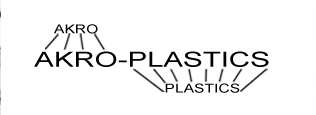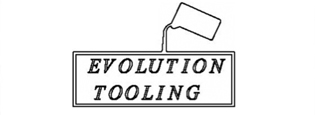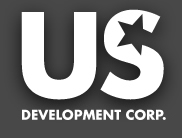WHY ROTOMOLDING?
Rotational molding is a highly versatile manufacturing option that allows for unlimited design possibilities with the added benefit of low production costs.
PROCESS OVERVIEW
The rotational molding process starts with a good quality mold that is placed in a molding machine that has a loading, heating, and cooling area.
Several molds may be placed on the machine at the same time. Pre-measured plastic resin is loaded into each mold, and then the molds are moved into the oven where they are slowly rotated on both the vertical and horizontal axis. The melting resin sticks to the hot mold and coats every surface evenly. The mold continues to rotate during the cooling cycle so the parts retain an even wall thickness.
Once the parts are cooled, they are released from the mold. The rotational speed, heating and cooling times are all controlled throughout the process.
DESIGN ADVANTAGES
Rotational molding offers design advantages over other molding processes. With proper design, parts that are assembled from several pieces can be molded as one part, eliminating expensive fabrication costs.
The process also has a number of inherent design strengths, such as consistent wall thickness and strong outside corners that are virtually stress free. If additional strength is required, reinforcing ribs can be designed into the part.
Rotational molding delivers the product the designer envisions. Designers can select the best material for their application, including materials that meet FDA requirements. Additives to help make the part weather resistant, flame retardant, or static free can be specified.
Inserts, threads, handles, minor undercuts, flat surfaces that eliminate draft angles or fine surface detail can all be part of the design. Designers also have the option of multi-wall molding that can be either hollow or foam filled.
COST ADVANTAGES
When cost is a factor, rotational molding has the advantage over other types of processes. In comparison to injection and blow molding, rotational molding can easily produce large and small parts in a cost effective manner. Tooling is less expensive because there's no internal core to manufacture. Since there is no internal core, minor changes can be easily made to an existing mold.
And because parts are formed with heat and rotation, rather than pressure, molds don't need to be engineered to withstand the high pressure of injection molding.
Production costs for product conversions are reduced because lightweight plastics replace heavier, often more costly materials. Which makes rotational molding as cost effective for one-of-a-kind prototypes as it is for large production runs.



